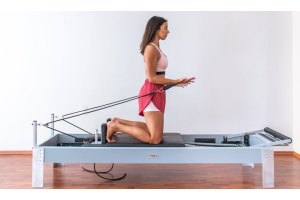Training Plans - Periodization
Periodization in any training plan is very straightforward and can make an individual or a team’s training plan more effective. The hard part with using periodization is working out how long to space out the cycles of work and what type of plan works best. Every periodization design is different and specific for each individual or team. There is no one 'ideal' or 'right' periodization plan, each one will vary from one individual to the next and the same with teams and their sport.
Periodization uses the key elements of fitness by varying the levels of exercise frequency, specificity, intensity, volume and time to help you lose/gain weight, improve strength and become more powerful, or get better at a specific sport. Periodization uses specific cycles of training and periods of rest and recovery to allow your body to adapt to the best it can to a training program.
It has been proven that using periodization methods, that there is nothing but positive gains when an effective plan is. A crucial part of any per iodization plan is to look at that the active rest periods. Short and long-term periodization will requires alternating periods of varying the load and it is essential that recovery must be included between and after some these rest periods. For example, if the strength and conditioning of a professional does not have these active rest periods into their programme, overtraining will likely occur.
Although planned active rest periods are essential, athletes/gym users etc may well reach the exhaustion phase sooner than planned, improvements may reduce, leading to the appropriate recovery and rest being implemented earlier. Depending on the athlete and sport, active rest periods can range from one to four weeks.
The major benefits of using periodization with any person/team, from elite athletes to the stay at home mum is that results can constantly be achieved.
The main way to use periodization is by gradually overloading the body by increasing stress on the muscles. More common ways to achieve this are through weight increases of an exercise, adding more reps and sets, and increasing or decreasing the amount of rest between sets.




